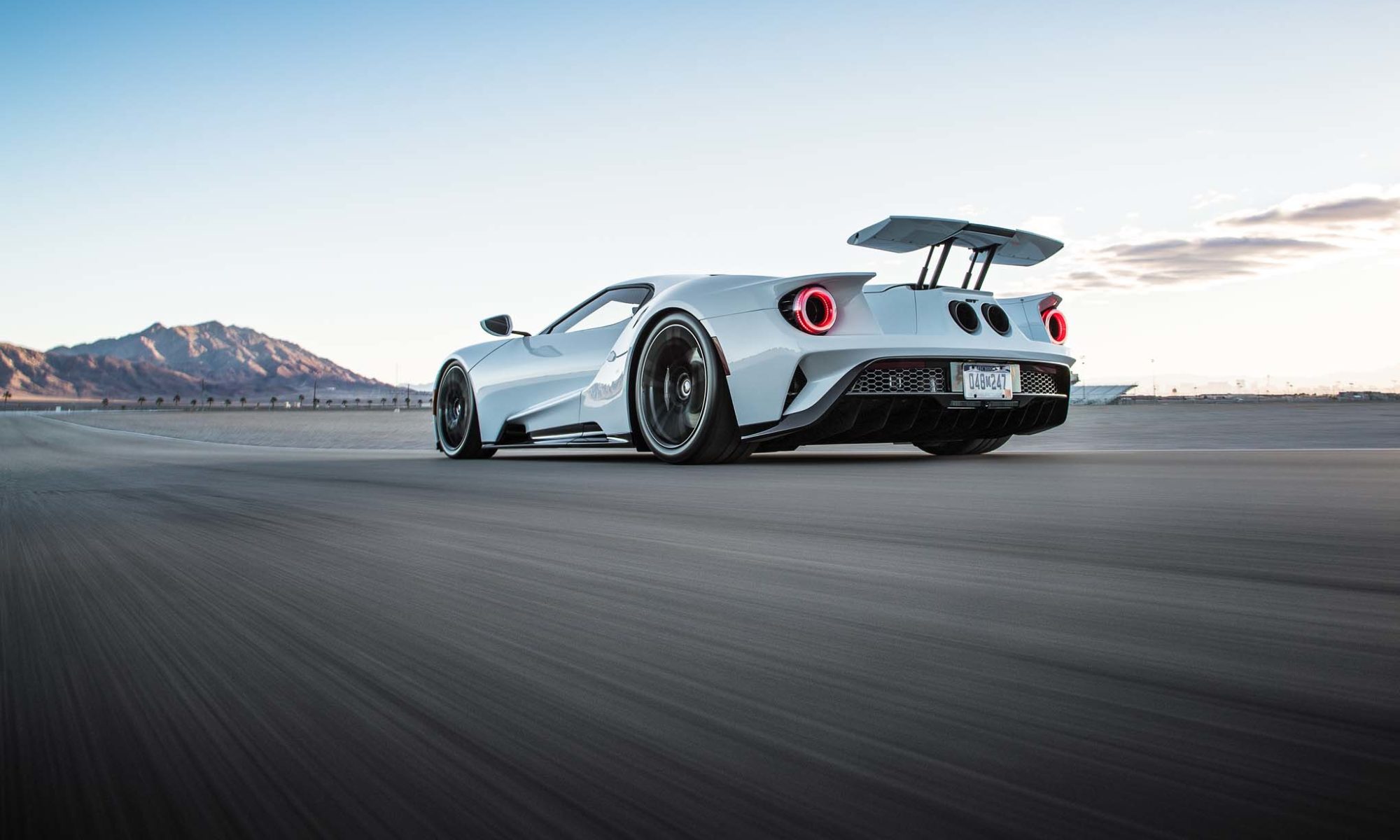In response, the Department of Transportation and Communication noted its commitment to resolve the worsening traffic situation in the country. Among the agency’s plans include improving the country’s main thoroughfares such as road widening projects.
But is this really the answer to the ever-growing traffic congestion problems? A U.S.-based study says building bigger roads is not the way to go, and may in fact cause more traffic jams.
According to research from the University of Toronto and the University of Pennsylvania, between 1980 and 2000, whenever a city increased its road capacity, traffic increased the exact same amount. The men behind this study, Matthew Turner and Gilles Duranton, have theorized that traffic follows the economic principal of “included demand”—upping the supply of a product already in demand merely serves to further increase demand. Thus, new roads only serve to create new drivers; in turn, traffic intensity continues at an identical rate. Turner and Duranton call this the “fundamental law of road congestion.”
Do you agree with this study? In your opinion, what should the government do to — once and for all — ease vehicle congestion on the main roads?







